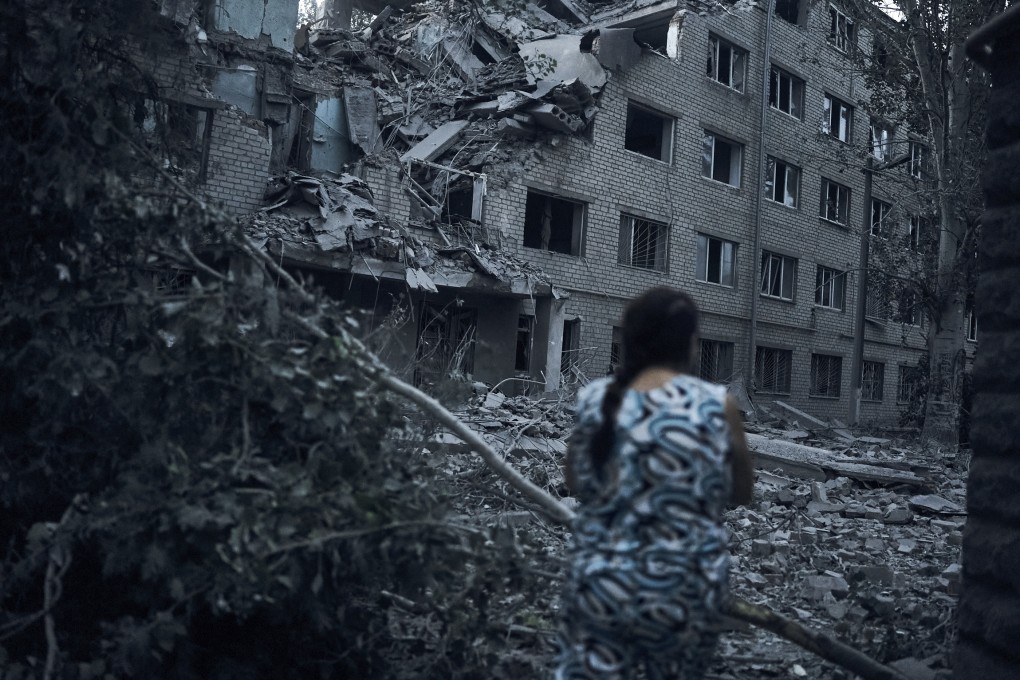Advertisement
Outside In | As Taiwan tensions rise and Ukraine conflict drags on, it’s time to reckon with high cost of war
- Whether Ukraine eventually ends up being a loser or a winner, the cost to the country of Putin’s ‘special military operation’ is already catastrophic
- The US$8 trillion price tag and the high death toll of the 20-year conflict in Afghanistan shed light on the cost of a protracted conflict
Reading Time:4 minutes
Why you can trust SCMP
17

No thanks to Nancy Pelosi, we dodged a bullet this week, perhaps coming closer to armed regional conflict in the Asia-Pacific than since the end of the Vietnam war in 1975.
Pelosi, US House of Representatives speaker, played fast and loose in Taipei in what appeared to be a piece of political theatre intended to show voters in November’s midterm elections that the Democrat administration could act tough on China. In Beijing, at least, it seems that someone has had Sun Tzu’s Art of War open at the right page: “The supreme art of war is to subdue the enemy without fighting.”
With Russian President Vladimir Putin trying to pulverise Ukraine into submission, this was not the time to unleash a second – potentially catastrophic – conflict on the world.
Advertisement
Rather, it was a time to focus on the tragic cost and stupidity of war. It was a time to remember one of the most painful lessons of history: that, if all costs are considered, even war’s “winners” are invariably net losers, and that the losses of the losers are significantly greater than any gains claimed by the winners.
As the Cato Institute’s John Mueller wrote in his latest book The Stupidity of War: “War has come to seem not only futile, destructive and barbaric, but profoundly stupid.”
Advertisement
Whether Ukraine eventually ends up being a loser or a winner, the cost to the country of Putin’s “special military operation” is already self-evidently catastrophic.
Advertisement
Select Voice
Choose your listening speed
Get through articles 2x faster
1.25x
250 WPM
Slow
Average
Fast
1.25x
